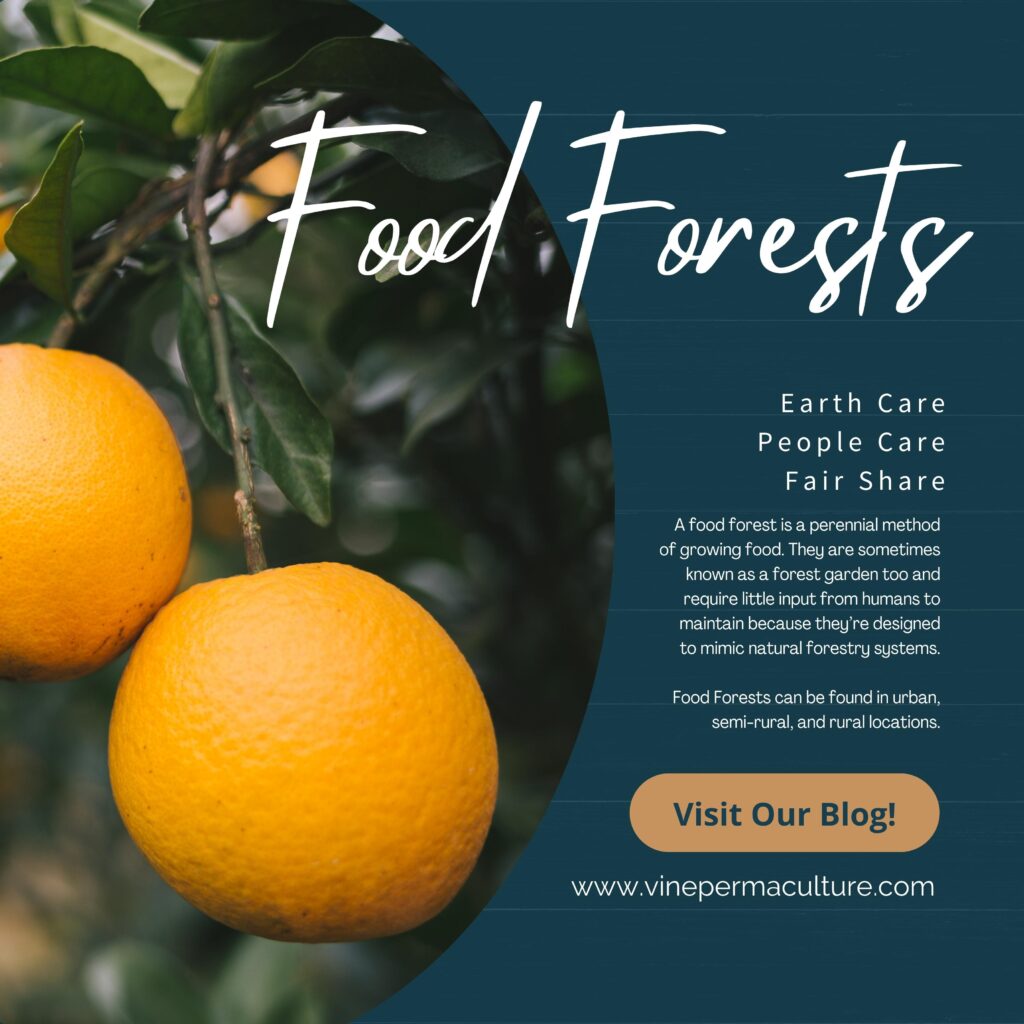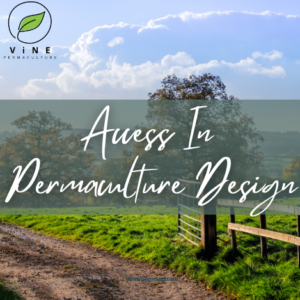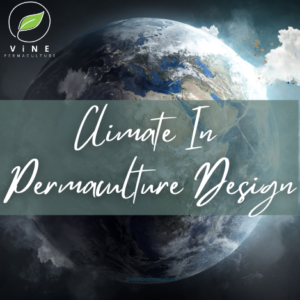A food forest is a perennial method of growing food. They are sometimes known as a forest garden too and require little input from humans to maintain because they’re designed to mimic natural forestry systems.
Introduction
It’s said that the term food forest, or forest gardening, originated from a horticulturalist named Robert Hart. But Hart credits a Japanese agriculturalist, Toyohiko Kagawa, with the inspiration. If you dive further down the rabbit hole, Kagawa credits the idea to J. Russell Smith who wrote the book Tree Crops: A permanent agriculture. Wherever it comes from, it has been a successful method of growing food in small and large-scale operations as well as reducing the application of fertilizers, pesticides, herbicides, and maintenance needs.
Food forest designs mimic natural forestry systems. From the canopy which offers shade and habitat for seed dispersers, to the ground cover which offers protection to the soil and moisture retention. There are 8 main layers of a food forest system which is what makes them so successful and so low maintenance:
- Canopy Layer
- Understory (sub-canopy)
- Shrub Layer
- Herbaceous Layer
- Ground Cover
- Underground Root Zone
- Vine Layer
- Mycelial Network
When all of these are combined you have a forest that is self-supporting because each part of the forest plays a part in the plant community. This is an ecosystem, and we can very easily be a part of it, manage it, benefit from it, and support it with minimal input from us.
By mimicking a natural forest system we effectively reproduce what nature has already designed. With this, we create perennial and sustainable food supplies which embody the three ethics of permaculture: Earth Care, People Care, and Fair Share. It saves a person time and money because nature is doing most of the work in growing the food, and the food grown has high nutritional value compared to that of store-bought produce. A food forest is an opportunity to help the earth, while feeding your family with low resource demands.
To learn more, listen to our friends at Talking With Green Teachers and hear Wendy Fachon speak about the experience she’s had with food forests here.



